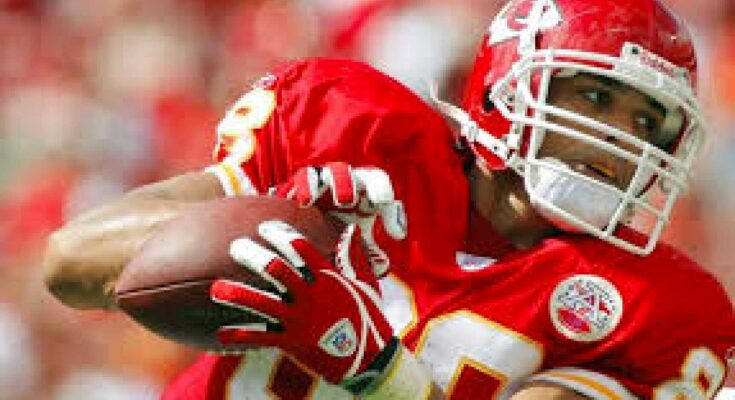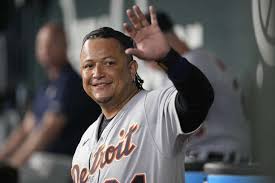As the National Football League grinds down to its final weeks and the college bowl games are set to begin, sports bars are taking on a fiesta-type atmosphere. A lot of Spanish is spoken with plenty of imported beer and shots of tequila being served. All eyes are focused on the nearest big screen telecast, and many of the patrons watching are Hispanic.
One might think this to be an odd phenomenon, since a majority of Latinos are conditioned to favor the traditional brand of futbol, the kind that requires the player to mostly use their head and feet. That being said, it just goes to show how well average Hispanics have blended into a “gringo” society, especially this time of the year. What’s even more interesting is that among an estimated 1,700 participants in the NFL, only 24 of them are of Latino descent. That doesn’t seem to matter as much as the enjoyment of viewing the beauty of an action-packed, competitive nature of a sport that can sometimes be violent.
Actually, there have been many Hispanic players and coaches who have been recognized in NFL history. Tony Gonzalez, arguably one of the best tight ends to ever play the game, was inducted into the Hall of Fame in 2019. Earlier, so was offensive tackle Anthony Munoz, who played for 13 seasons with the Cincinnati Bengals. Ditto towering Guatemalan-American Ted Hendricks, an outside linebacker nicknamed “The Mad Stork.” And former Raiders coach Tom Flores has also been enshrined in Canton, an honor long overdue. Unfortunately, those type of “name” personalities have been absent from the game in recent years, except for former Dallas Cowboys quarterback Tony Romo, now a super star in the broadcast booth.
Los Angeles Chargers cornerback Michael Davis, whose father is Black and his mother a native of Michoacan, identifies as Mexican. He even has a tattoo of Emiliano Zapata on his thigh, and an Aztec warrior on his right forearm. A five year veteran in the league and a native of SoCal, Davis has seen the lack of numbers in Latino players, and has a theory.
“In my experience, a lot of Hispanic kids played it (football) and thought it was fun, but didn’t see anything for them past that,” says Davis, who didn’t play contact sports until high school because his mom thought he’d get hurt. “You can’t just hope. You have to give it a shot”
Davis, who played his college ball at BYU, signed as an undrafted free agent with the Chargers in 2017. And the speedy 6′-2″, 195 pound defender is one of the league’s rising stars in a new generation of Latino talent. Among that group is Pro Bowl offensive tackle Alejandro Villanueva of the Baltimore Ravens, a massive human being at 6’9″, 320 pounds who is a former Army Black Knight. Will Hernandez is another huge offensive lineman who was drafted out of UTEP by the New York Giants and inked a three year deal worth over $7 million in 2018. Roy Lopez, a defensive end for the Houston Texans is another promising young player. These are guys in the trenches that do their jobs with little fanfare, and therefore don’t often get the recognition they deserve.
As long as kicking is a part of the game, you can bet that Latinos will be at the forefront. Brazil’s Cairo Santos is that guy for the Chicago Bears, and he’s been steady and accurate. Former Arizona State All-American standout Zane Gonzalez handles those chores for the Carolina Panthers, and can be either amazing or disappointing. Is either kicker comparable to, for example, a Martin Gramatica who was “automatica?” Not even close. So what does the future bring for Hispanic athletes in pro football?
In 2016, the NFL adopted an International Pathway Program that permits any team to sign a player from a foreign country to a contract, and then farm him out to Canada or Europe on “loan” while he develops. One of those guys in that category is Monterrey, Mexico native Issac Alarcon, 23, a lineman for the Dallas Cowboys and on the team’s practice squad. Thus far however, most of the rookies in the pathway program are Europeans still learning the game.
So perhaps the best hope for a new crop of Latino stars will come from the college ranks in the April 2022 draft, and the number of eligible prospects is a lot higher than previous years. At quarterback, there’s a big time grab with Matt Corral, whose Ole Miss team will face Baylor in the Sugar Bowl. There’s a pair of quality wide receivers in Ohio State’s Chris Olave and Colorado’s Daniel Arias, a native of the Dominican Republic. A trio of tight ends include Elijah Arroyo of the U (Miami), Kamari Morales from North Carolina and Fresno State’s Juan Rodriguez. Linebacker Malcom Rodriguez of Oklahoma State should go in one of the opening rounds. And there’s a couple of prime time kickers in Fresno State’s Abraham Montaño and San Diego State’s Matt Araiza, a record setting left-footed punter who is also a field goal whiz.
When expansion comes to the NFL, and it’s long overdue, Commissioner Roger Goodell has tagged Mexico City as an almost certain pick in a desired move to market the league internationally.
“We’ve seen the passion that’s happening there, and the fan’s interest in the game continues to explode,” Goodell notes.
Indeed, with a viewing audience of nearly 40 million every week in Latin America, a Mexico City franchise is a no-brainer. Which means that sooner rather than later, recruiting Latino talent will be a top priority.




